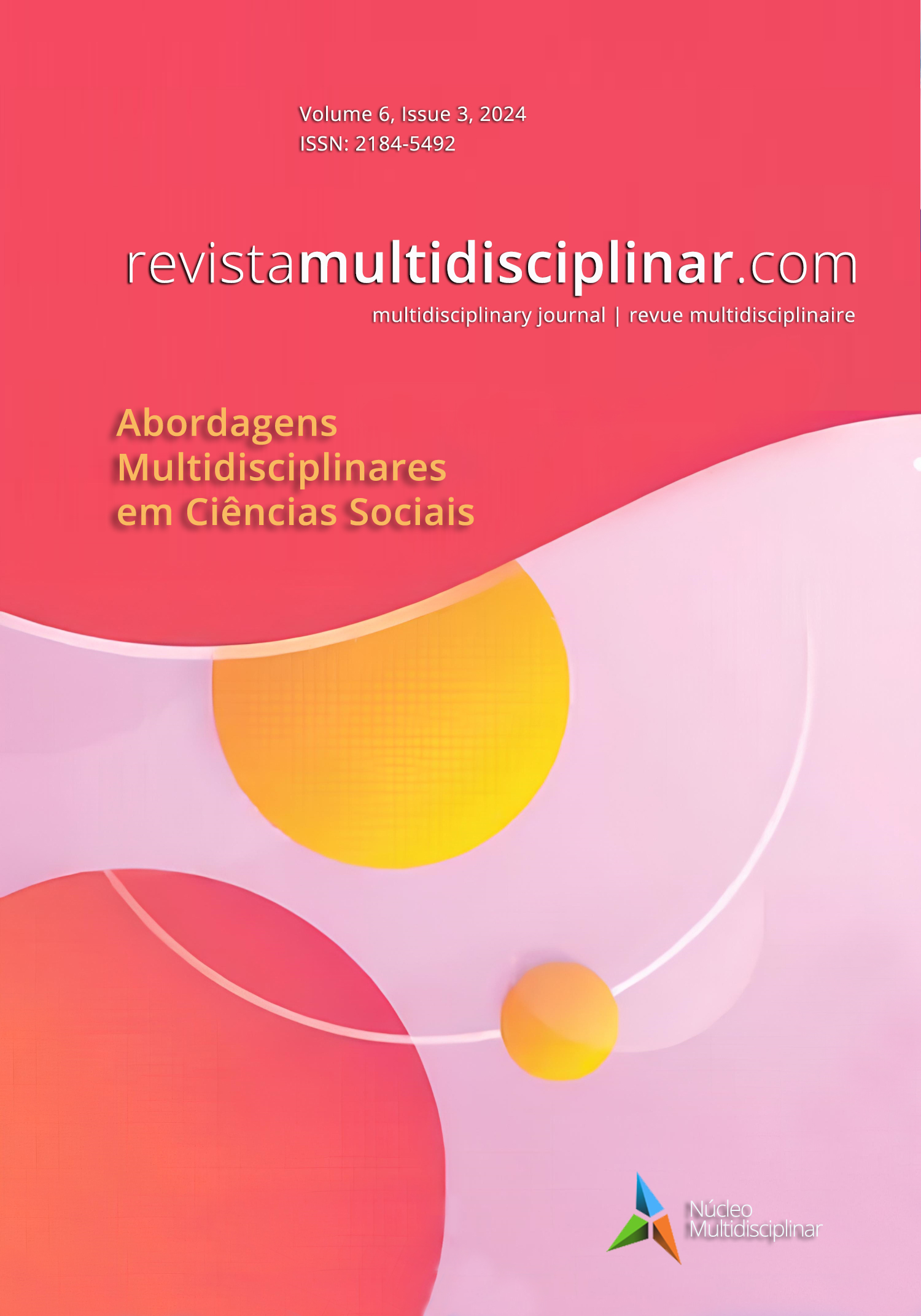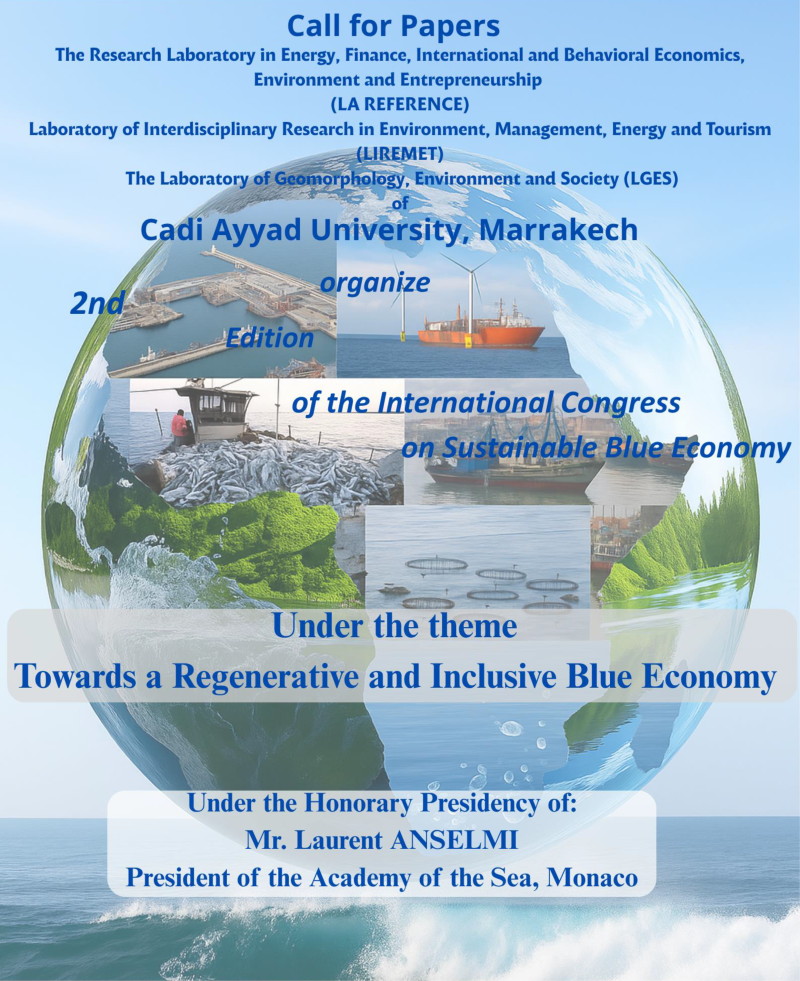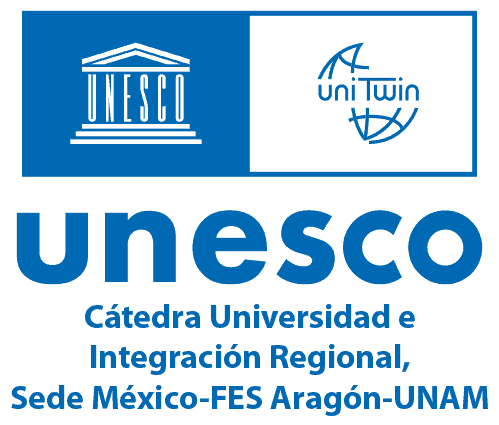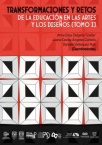Criatividade rizomática
Explorando os territórios inexplorados das imagens geradas por IA
DOI:
https://doi.org/10.23882/rmd.24228Palavras-chave:
Imagens geradas por IA, rizoma, algoritmos, representações visuaisResumo
Os seres humanos são invariavelmente influenciados pelos modos tecnológicos de perceção, cognição e execução, independentemente de as suas criações se relacionarem diretamente com a tecnologia. No centro da visão antropocêntrica do mundo está a construção de uma subjetividade universal, perpetuada pela dicotomia entre sujeito e objeto, entrelaçada com o tratamento da realidade nas imagens. Até a fotografia, outrora dependente da presença de um fotógrafo e de uma câmara, evoluiu para um processo rápido e omnipresente através da utilização da inteligência artificial (IA). O nosso artigo contempla as potencialidades relacionais entre a inteligência artificial generativa (IA) na criação de imagens realistas e o conceito filosófico de Deleuze/Guattari do rizoma. A imagem gerada por IA explora o que significa existir num mundo interligado por redes que produzem fotografias realistas sem referência a valores de universalidade binária, referências, símbolos ou ao aspeto do mundo.Referências
Agnese, J., Herrera, J., Tao, H., & Zhu, X. (2020). A Survey and Taxonomy of Adversarial Neural Networks for Text‐to‐image Synthesis. Wiley Interdisciplinary Reviews Data Mining and Knowledge Discovery, 10(4). https://doi.org/10.1002/widm.1345
Balandina, E., & Peredrienko, T. (2022). Image Analysis as the Means of Cultural Representation Study in a Worldview. Polylinguality and Transcultural Practices, 19, 576–586. https://doi.org/10.22363/2618-897X-2022-19-4-576-586
Deleuze, G. (1994). Difference & Repetition. Columbia University Press.
Deleuze, G., & Guattari, F. (2009). Anti-Oedipus: Capitalism and Schizophrenia. Penguin Books.
Flusser, V. (1983). Towards a Philosophy of Photography.
Giudice, O., Guarnera, L., & Battiato, S. (2021). Fighting Deepfakes by Detecting GAN DCT Anomalies. Journal of Imaging, 7(8), 128. https://doi.org/10.3390/jimaging7080128
Grellier, J. (2013). Rhizomatic Mapping: Spaces for Learning in Higher Education. Higher Education Research & Development, 32(1), 83–95. https://doi.org/10.1080/07294360.2012.750280
Kosminsky, D., Walny, J., Vermeulen, J., Knudsen, S., Willett, W., & Carpendale, S. (2022). Belief at First Sight. Information Design Journal, 25(1), 43-55. https://doi.org/10.1075/idj.25.1.04kos
Latour, B. (2017). Facing Gaia: Eight lectures on the new climatic regime. Cambridge, UK.
Lyotard, J.-F. (1985). Presenting the Unpresentable: The Sublime.
Mitchell, W. J. T. (1992). The Reconfigured Eye. Massachusetts Institute of Technology.
Moreiras, C. (2017). Joan Fontcuberta: Post-photography and the spectral image of saturation. Journal of Spanish Cultural Studies, 2.
Parisi, L. (2013). Contagious Architecture: Computation, Aesthetics, and Space. The MIT Press.
Raaphorst, K., Duchhart, I., van der Knaap, W., Roeleveld, G., & van den Brink, A. (2016). The semiotics of landscape design communication: towards a critical visual research approach in landscape architecture. Landscape Research, 42(1), 120–133. https://doi.org/10.1080/01426397.2016.1257706
Reymond, C., Pelowski, M., Opwis, K., Takala, T., & Mekler, E. D. (2020). Aesthetic Evaluation of Digitally Reproduced Art Images. Frontiers in Psychology, 11. https://doi.org/10.3389/fpsyg.2020.615575
Ritchi, F. (2009). After Photography.
Romele, A. (2022). Images of Artificial Intelligence: A Blind Spot in AI Ethics. Philosophy & Technology, 35(1). https://doi.org/10.1007/s13347-022-00498-3
Romele, A., & Severo, M. (2023). Microstock Images of Artificial Intelligence: How AI Creates Its Own Conditions of Possibility. Convergence the International Journal of Research Into New Media Technologies, 29(5), 1226–1242. https://doi.org/10.1177/13548565231199982
Rubinstein, D. (2019). Fractal Photography and the Politics of Invisibility.
Rubinstein, D., & Fisher, A. (2013). On the Verge of Photography: Imaging Beyond Representation. Article Press.
Smits, T. (2021). A Network of Photographs: The Visual Public Memory of the Dutch Provo Movement, 1967–2016. Memory Studies, 15(1), 184–203. https://doi.org/10.1177/17506980211037282
Spolaore, E. (2020). Commanding Nature by Obeying Her: A Review Essay on Joel Mokyr’s A Culture of Growth. Journal of Economic Literature, 58(3), 777–792. https://doi.org/10.1257/jel.20191460
Taffel, S. (2020). Google’s Lens: Computational Photography and Platform Capitalism. Media Culture & Society. https://doi.org/10.1177/0163443720939449
Van Essen, Y. E. (2020). From Photographic Representation to the ‘Photographic Genotype. Routledge.
Downloads
Publicado
Como Citar
Edição
Secção
Licença
Direitos de Autor (c) 2024 Jose Manuel Simoes, Wilson Caldeira

Este trabalho encontra-se publicado com a Creative Commons Atribuição-NãoComercial 4.0.









